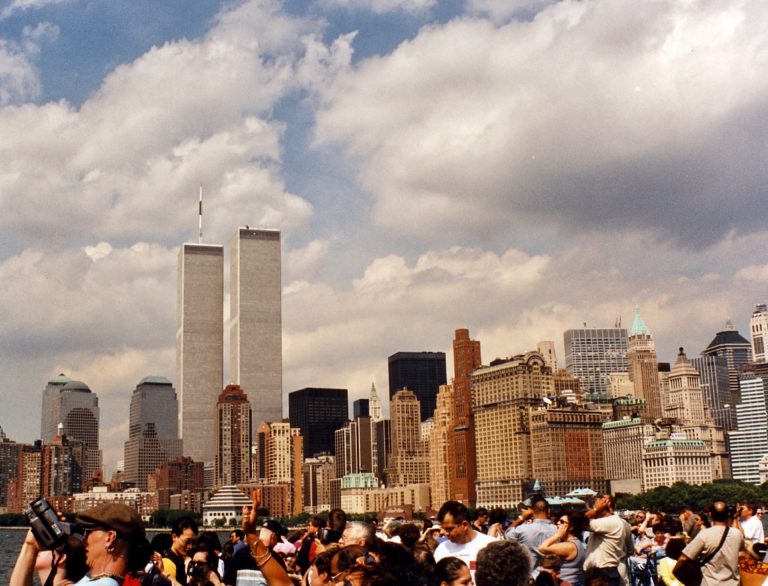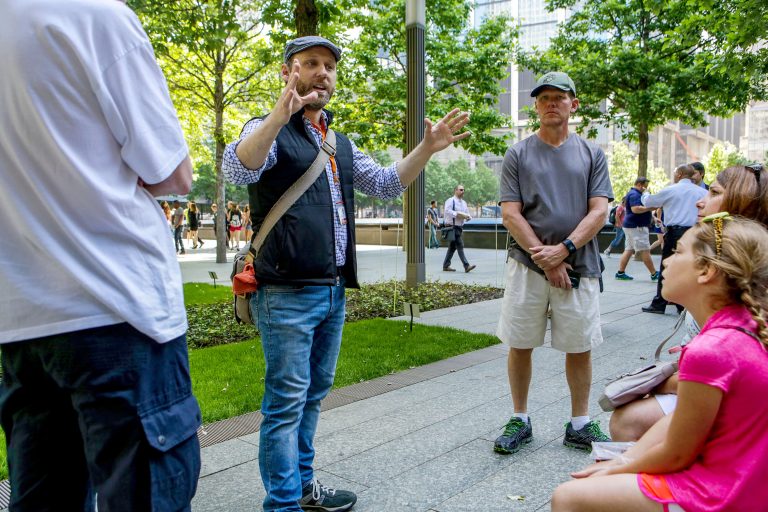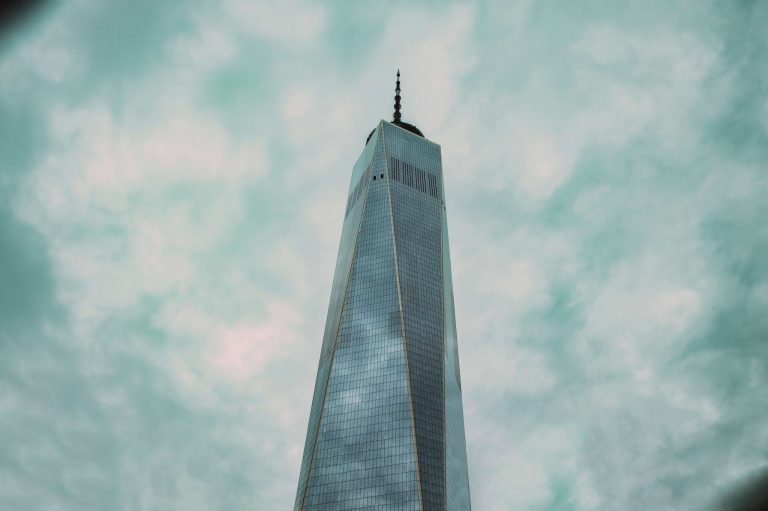New York has a rich and storied history. Though “New York” dates back to the 1600s, the land was home to Native Americans long before that. Over hundreds of years, the city became known as the New York it is today, and though one of the most traumatic events in American history aimed to take the city down, it didn’t.
Sept. 11, 2001, left a mark on the world but especially New York City. In the aftermath of the terrorist attacks, the site of the Twin Towers, now commonly referred to as Ground Zero, has become a place of peace and remembrance. Find out New York’s history leading up to 9/11 and how the city has responded since.
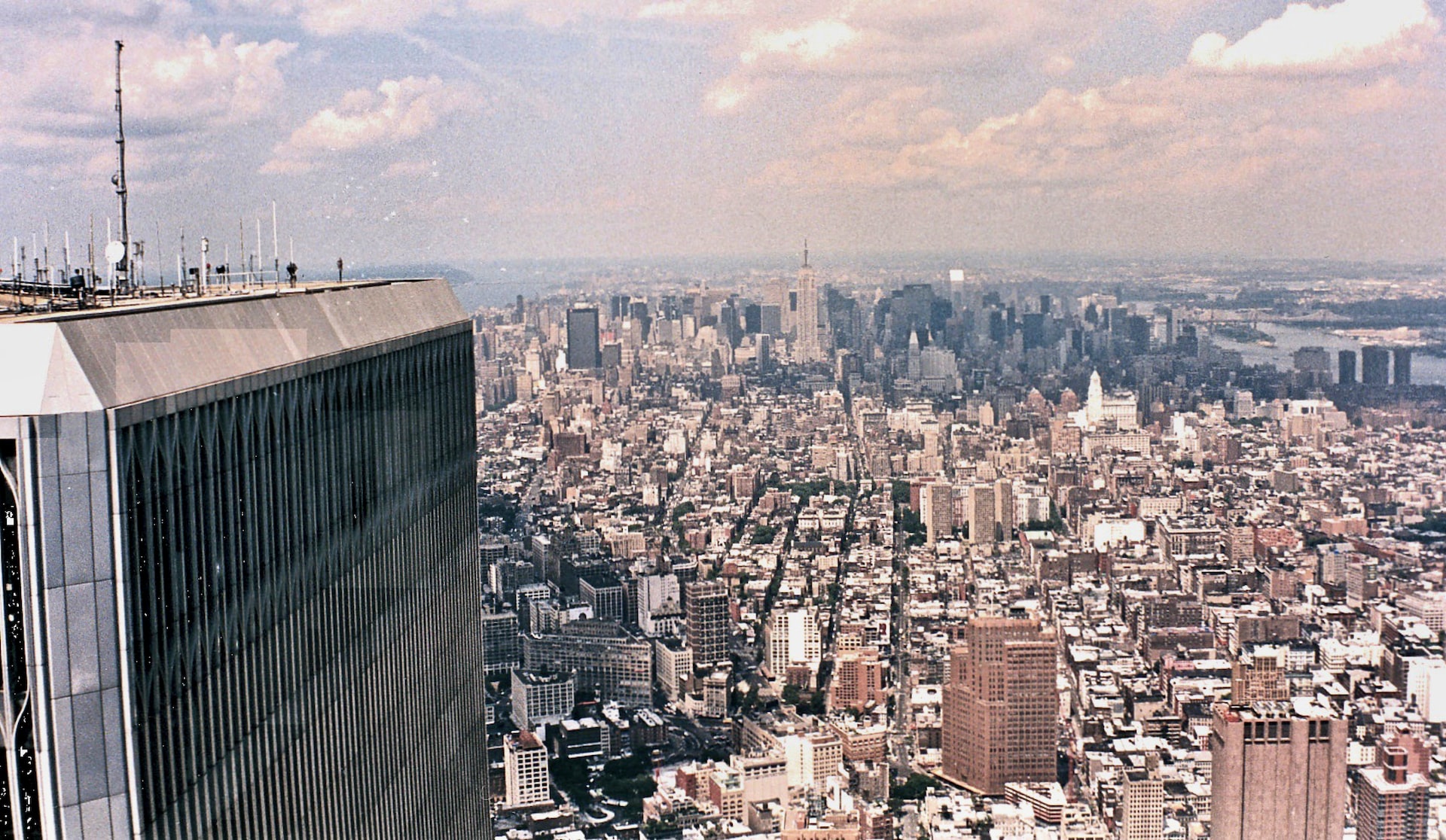
1524
Italian explorer Giovanni da Verrazzano first landed in what is now New York in 1524. He was the first known European to make landfall. Prior to his arrival, the New York area was inhabited by the Lenape people. They had settled all over the northeast region of what is now the United States, hunting and fishing across what would later become Manhattan.
1600s

European exploration of the area continued, with Henry Hudson arriving in the early 1600s. Though he was looking for Asia, what he found was the land that would eventually become New York. Hudson would be the namesake of various New York landmarks, including the Hudson River shown above and the Henry Hudson Parkway.
Later in the 1600s, the area was settled as New Amsterdam, but in 1665, it was renamed New York after English settlers, including the Duke of York, arrived and took over.
1700s
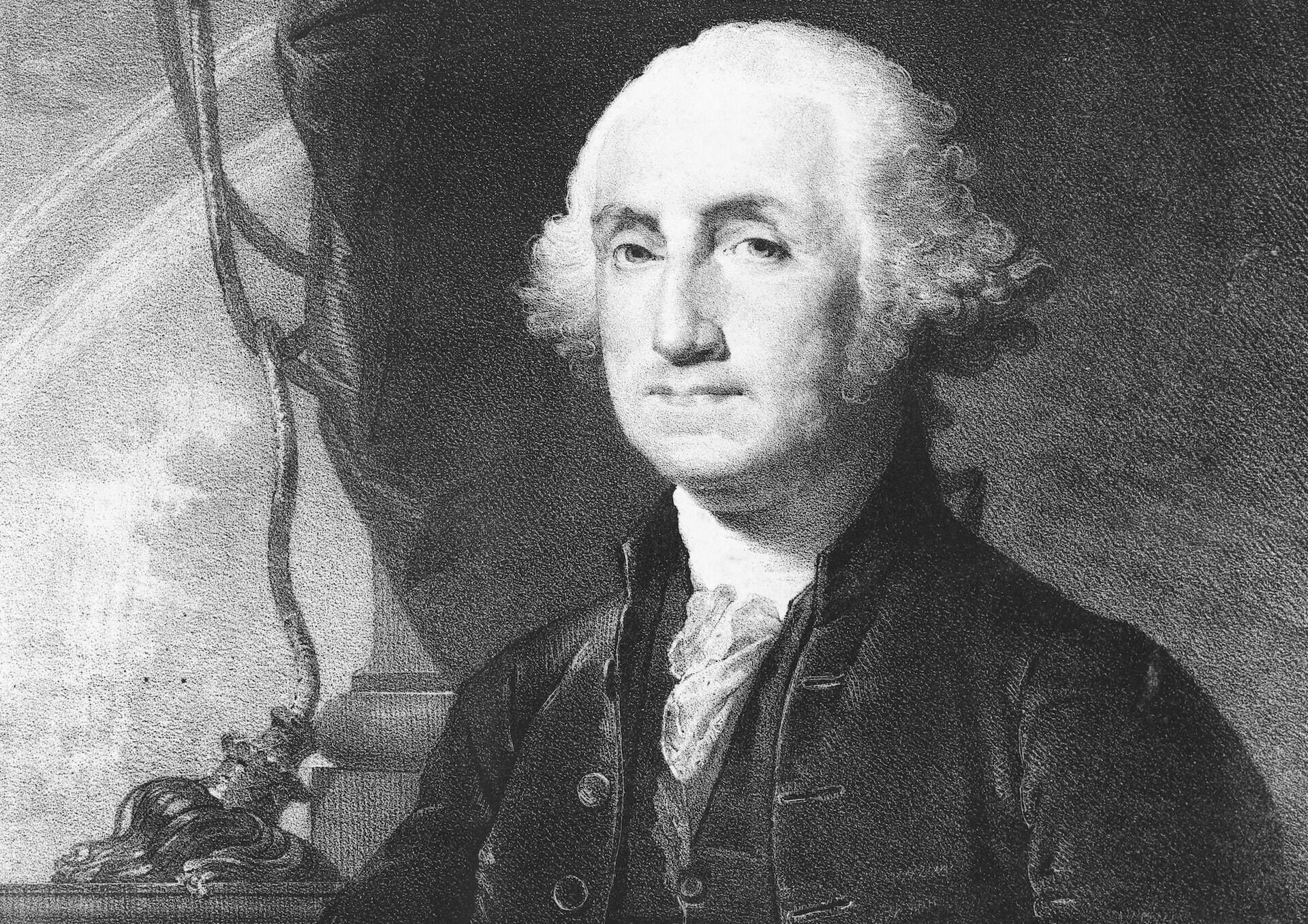
In the 1700s, as the United States continued to form into a country, New York was named the first capital. Not only did the Supreme Court originate here, but the Bill of Rights was drafted and ratified here. The first U.S. President George Washington had his inauguration in New York City as well. It remained the capital until 1790, when Philadelphia became the capital, and later Washington, DC.
1885

New York City continued to grow, with people arriving from all over the world. Most notably, New York saw a large amount of Irish people come over in the 1800s after the famine.
As the city’s population increased, it responded by creating the New York Police Department and the city school system to accommodate its many people. The city also received the Statue of Liberty as a gift in 1885 from France as a symbol of the United States being a destination of freedom.
1943
The concept of a World Trade Center was first proposed in 1943. New York Governor Thomas E. Dewey was given the go-ahead from the legislative body, but it was put on hold in 1949 before anything was built.
At the time, New York was focused on building up midtown Manhattan, but David Rockefeller had the idea to put a World Trade Center in Lower Manhattan instead.
1961
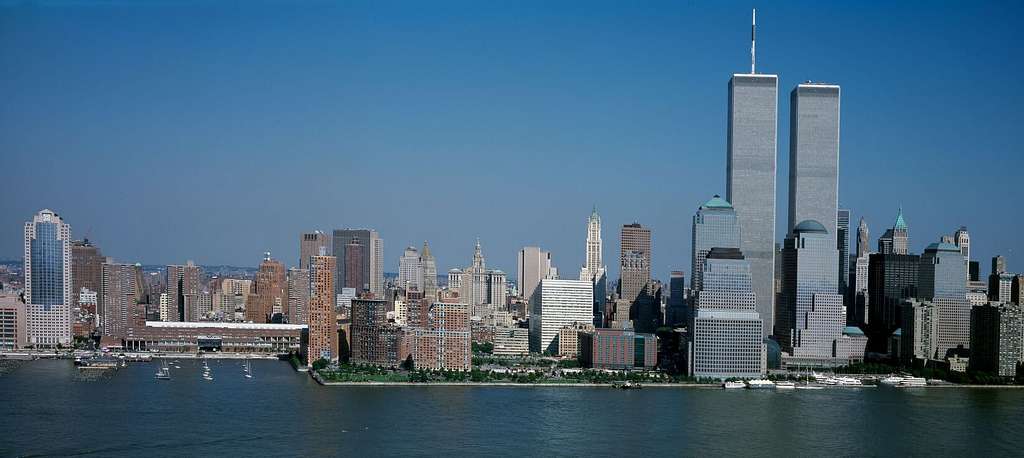
Plans for a World Trade Center were made public in 1961, with the intent to build on the East River. At the time, it was required for both the governors from New York and New Jersey to approve of such a project, and NJ Gov. Robert B. Meynor did not. A big issue was that the ridership on NJ railroads had gone down, and Meynor didn’t want to let New York have such a huge project that could potentially bring ridership down more.
Eventually, the World Trade Center project was moved to the west side of the city, which would promote commuters from New Jersey into the city, benefiting both New Jersey and New York. This commuter track — which would eventually come right to the World Trade Center — was named the Port Authority Trans-Hudson, or more commonly known, PATH.
1964
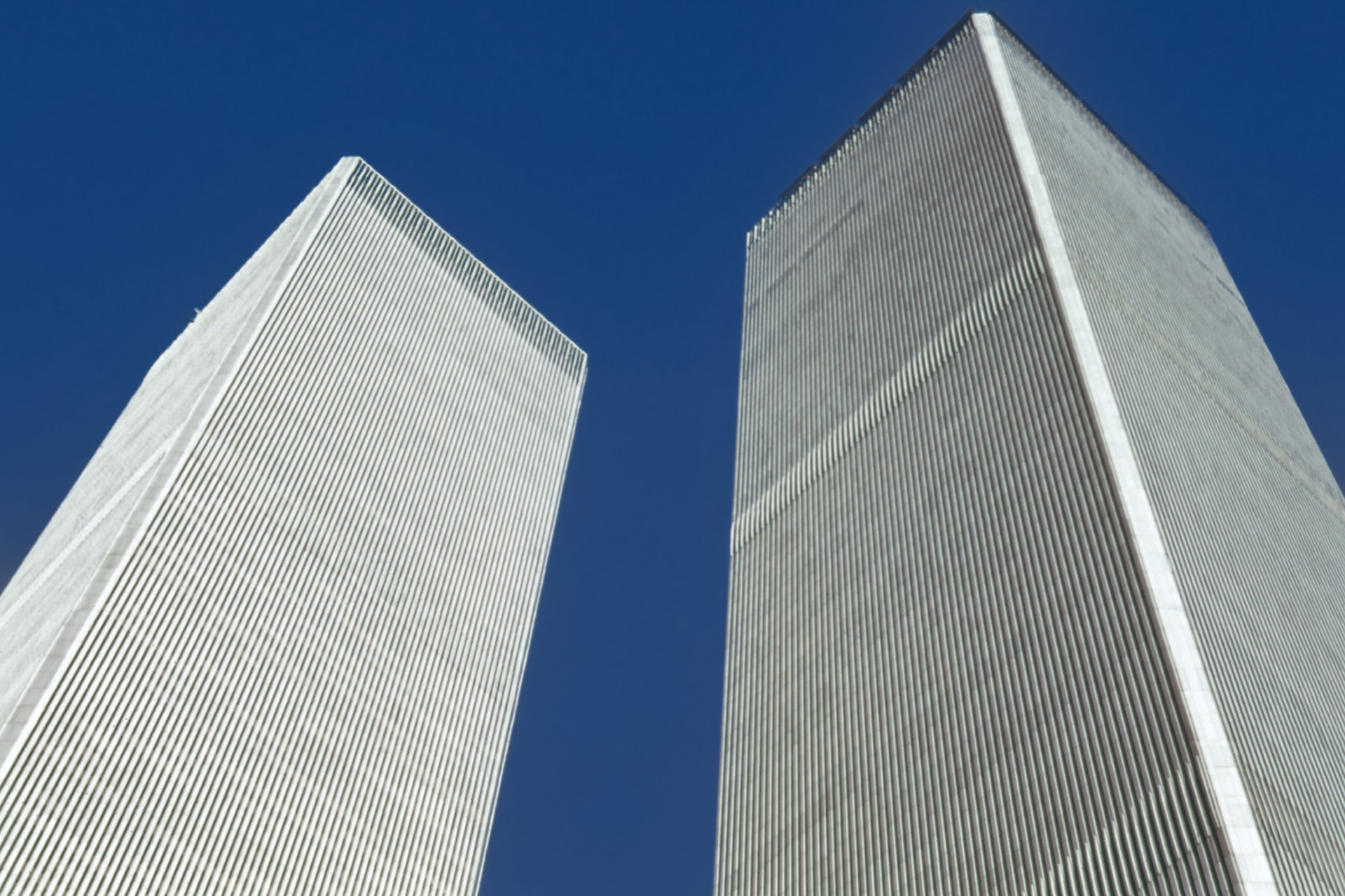
Lead architect Minoru Yamasaki unveiled his plans for the design of the World Trade Center in 1964, with Emery Roth & Sons as associate architects. Yamasaki envisioned two square towers, originally with 80 stories. However, plans were amended to eventually be 110 stories.
Because of the great height of the buildings, they required a large elevator capacity. Yamasaki employed sky lobbies, which meant the elevators would transition on various floors to be localized rather than having an elevator that traveled up and down the entire length of the building. The WTC had a total of 95 elevators.
1965
Businesses located at the site of the future World Trade Center were offered money to vacate, starting in 1965. The area, which had been known as Radio Row because of radio stations and electronics stores built there, started to change.
Demolition started within months and by the end of 1966, the ground was leveled and building the World Trade Center was officially in motion.
1968-1973
In 1968, building began on the North Tower. The South Tower’s construction began a few months later at the start of 1969. The topping out ceremony — which is a tradition for large buildings to add the very last beam to complete construction — of the North Tower was at the end of 1970, with the South Tower’s ceremony coming months later in the summer of 1971.
Before the towers were even finished, they began welcoming tenants. The North Tower’s first tenants moved in just before construction was done, however, the South Tower didn’t welcome tenants until months after it was completed. The ribbon cutting ceremony for the Twin Towers took place on April 4, 1973 after both buildings were up and running.
1993
On Feb. 26, 1993, a van bomb was detonated under the North Tower and was declared a terrorist attack.
Mahmud Abouhalima, Ahmed Ajaj, Nidal A. Ayyad, Ramzi Yousef, Eyad Ismoil, and Mohammad Salameh were convicted of carrying out the bombing, which killed six people and injured over 1,000. Yousef, who planned the attack, had stated that the intent was to take down the North Tower and have it fall into the South Tower, knocking it over as well.
Sept. 11, 2001
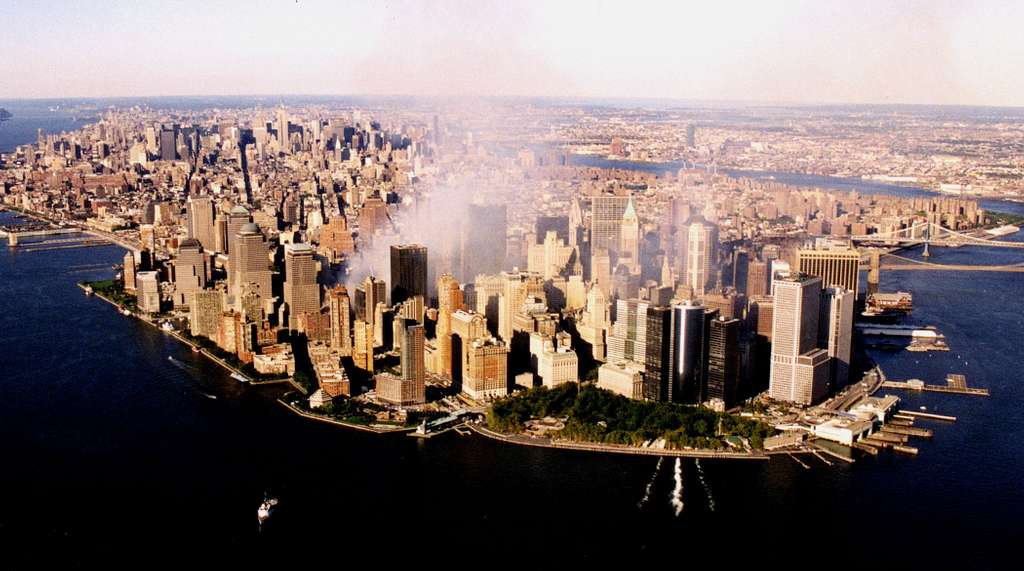
On the morning of Sept. 11, 2001, two hijacked planes struck the North and South Towers. The attacks, led by Osama bin Laden, happened 17 minutes apart. The South Tower collapsed at 9:59 a.m., less than an hour after it was hit. The North Tower collapsed at 10:28 a.m., nearly two hours after it had been hit.
The National Institute of Standards and Technology (NIST) estimated approximately 17,400 individuals were in the towers on Sept. 11 when the attacks occurred. In the end, 2,753 death certificates were issued in relation to the events of 9/11.
New Yorkers as a whole were affected immensely — no matter where they were — and carry those memories with them still today. Some of our guides shared firsthand testimonials from Ground Zero about that day. It’s a poignant read, but sharing is part of healing.
2011
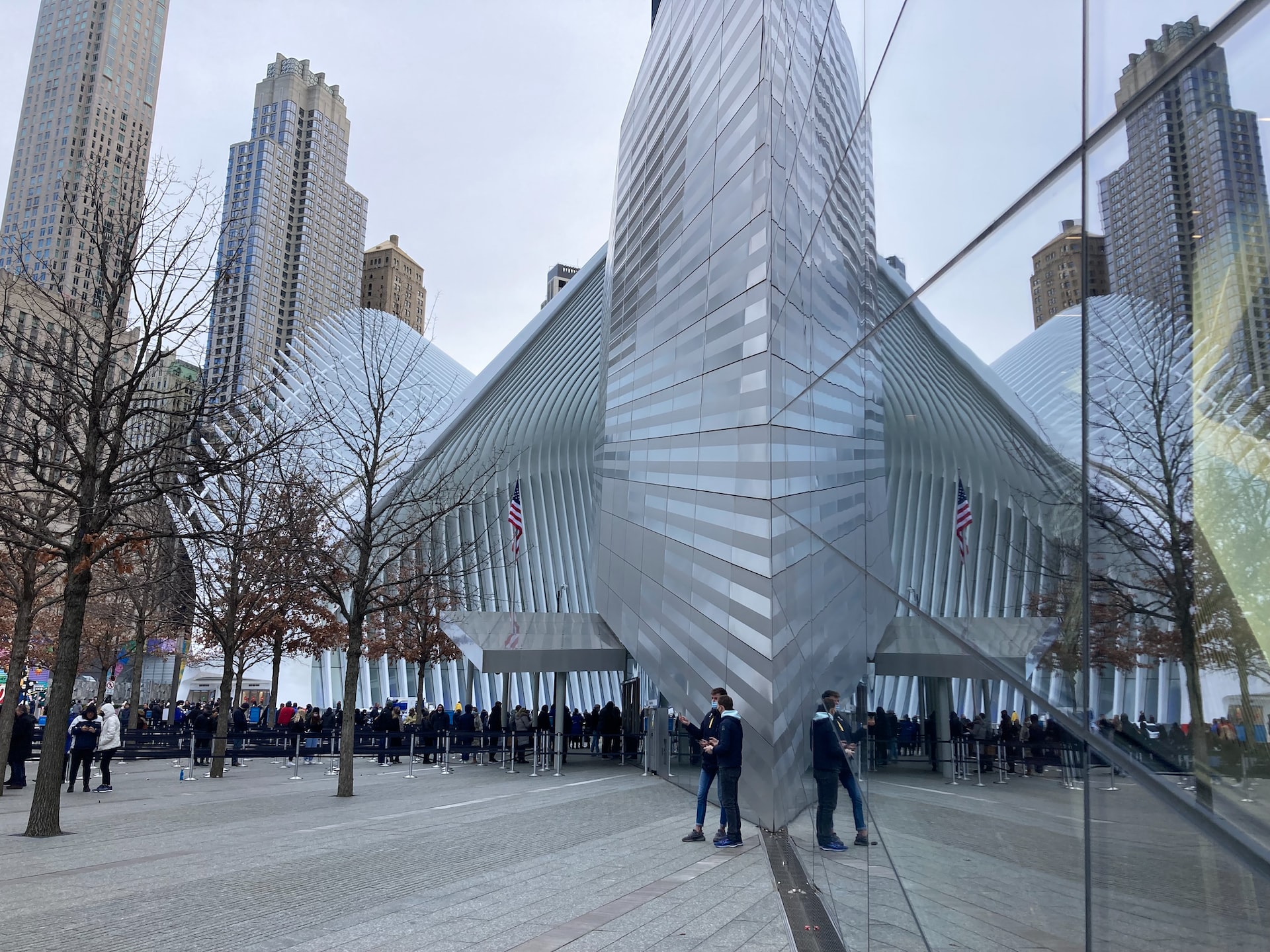
Exactly 10 years after the terrorist attacks on New York, the location that would become known as Ground Zero opened a memorial. The 9/11 rubble took nearly a year to clear, and it took several more years to decide what to put in place of the Twin Towers and how to memorialize the event.
On Sept. 11, 2011, the National September 11 Memorial & Museum had a private opening for the families of the victims of 9/11. The next day, the memorial, which includes two pools in the places of each tower, opened to the public.
2014

Though the memorial opened years earlier, it wasn’t until 2014 that the 9/11 Museum opened to the public. The museum, which is largely situated underground, contains thousands of records of 9/11, as well as memorials for all the victims. Visitors can even see remaining pieces of the buildings that were recovered and put on display.
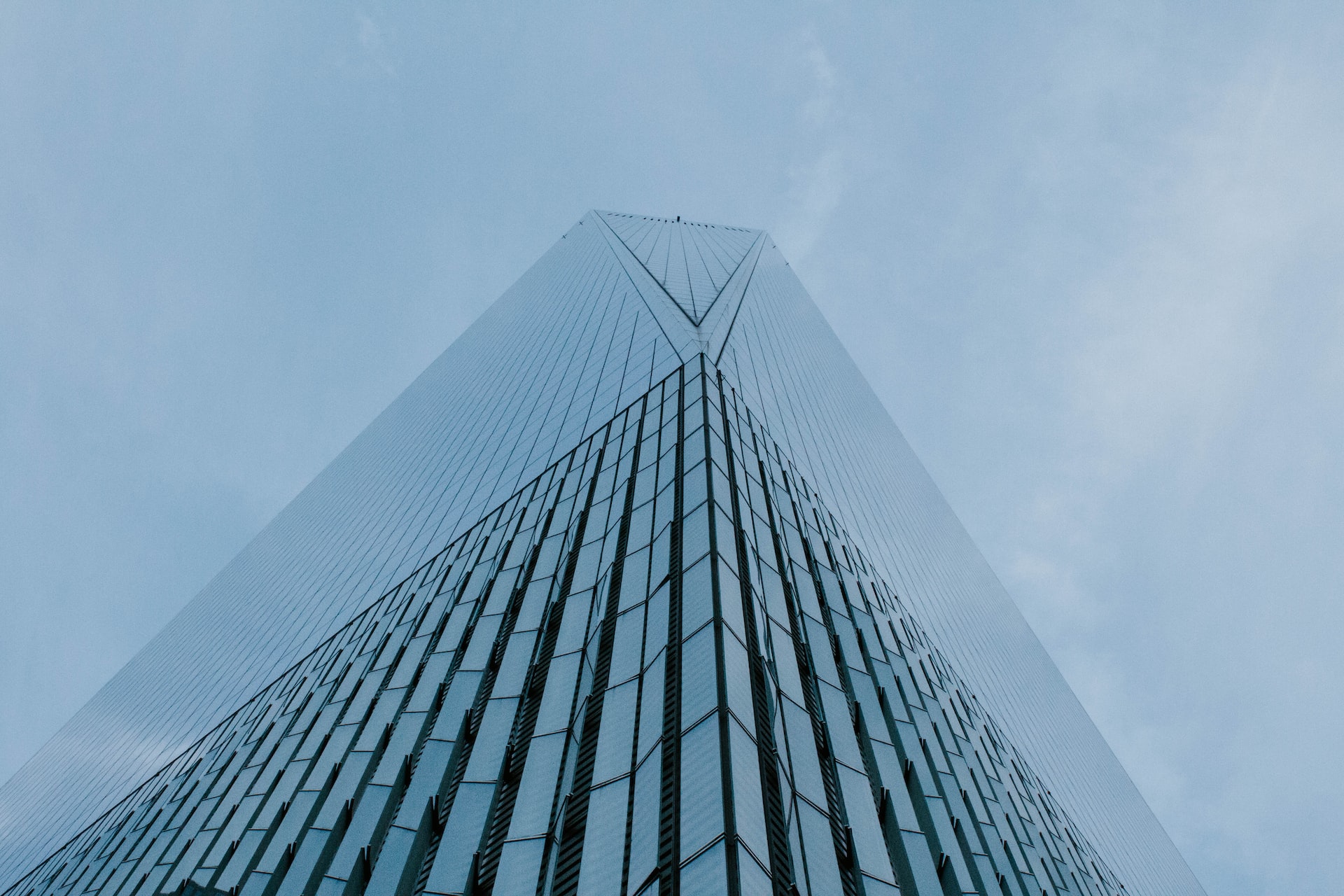
One World Trade, also called Freedom Tower, also opened in 2014. The building, which is 1,776 feet tall, was built in place of the fallen Twin Towers and stands north of the North Pool in the 9/11 memorial. One World Observatory opened the following year.
2016

The World Trade Center continued to build up in the years following the attacks. The Oculus was opened in 2016 as the entrance to the Fulton Street train station, home to the New York City subway system and the PATH. It is also now an entrance to Westfield World Trade.
2021
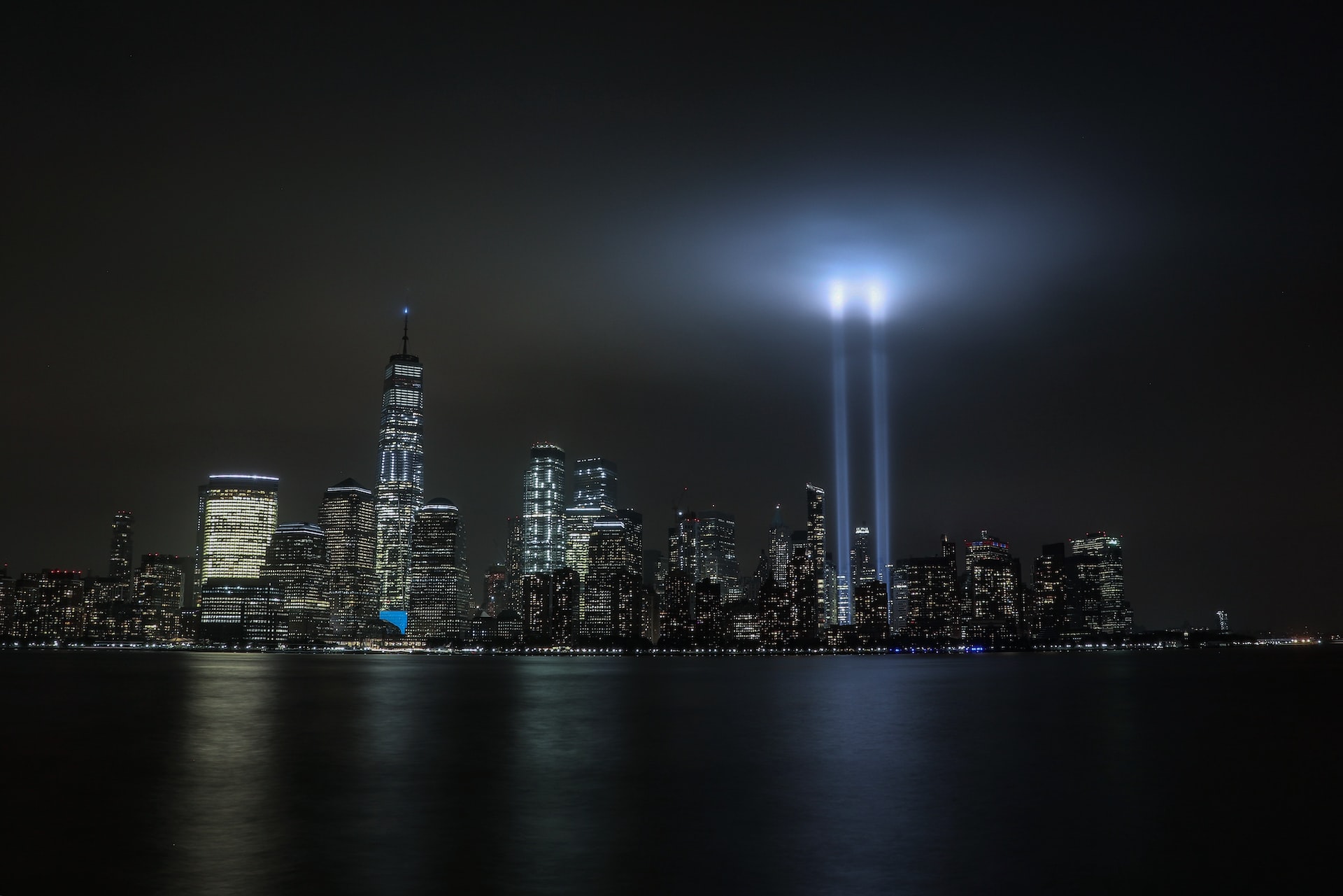
Sept. 11, 2021, marked 20 years since the attacks on the World Trade Center.
Like each year prior, the families of the victims gathered at the memorial to read the names of those who lost their lives in the attacks. The city also shone two beacons of light into the sky near Ground Zero to honor the event that will forever be a devastating part of American history.
Learn more about Ground Zero
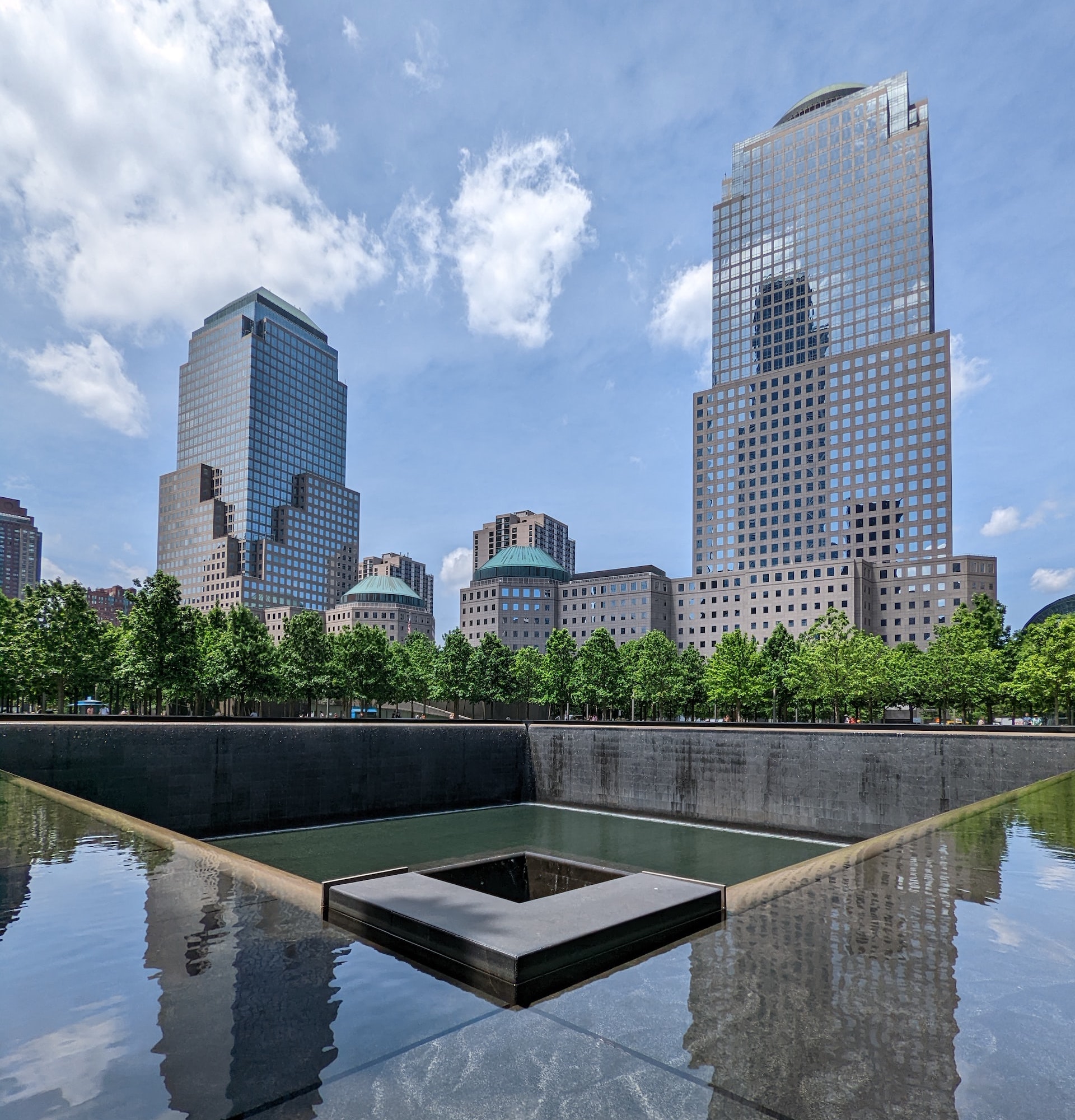
Learn more about the history, people, and events of 9/11 and Ground Zero with a tour of this important part of New York. You’ll not only hear from a New Yorker who lived through the events of Sept. 11, but you’ll also see firsthand how our city has responded in the face of adversity and rebuilt even stronger.
